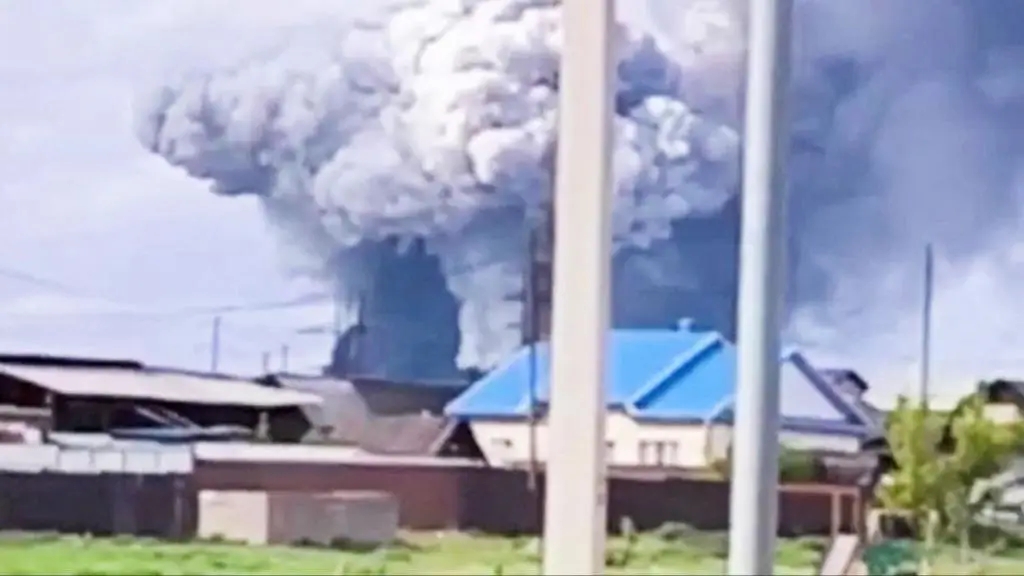Boom. Whoosh. Gone.
In one of the boldest military moves of the war so far, Ukraine has pulled off a drone strike so daring, so precise, it sounds like something ripped from a spy thriller.
But this wasn’t fiction. It was Operation Spider’s Web.
Over the weekend, Ukrainian forces launched more than 100 drones deep into Russian territory—yes, deep. We’re talking five time zones deep, from the Volga to Siberia.
And they didn’t just fly in. They were delivered—hidden in wooden sheds on trucks, parked near key Russian airbases. Think Trojan horse, but digital.
Once in place, the sheds opened up, and the drones swarmed. Boom. Belaya, Dyagilevo, Olenya, Ivanovo Severny, and Ukrainka bases all hit.
According to Ukraine’s security officials, the damage is massive.
“We struck five military airfields simultaneously. Around 41 aircraft were destroyed or seriously damaged,” said an unnamed Ukrainian official via Reuters.
That’s nearly a third of Russia’s long-range bomber fleet—gone, damaged, or grounded.
And these aren’t just any planes. Among them? The Tu-95 and Tu-22M3 strategic bombers, plus A-50 early-warning aircraft. These are the types used to launch cruise missiles at Ukraine.
The cost of damage? Estimated between $2 billion and $7 billion, according to military analysts quoted by the Washington Post.
The kicker? These aircraft are irreplaceable. Many haven’t been built in decades. Russia can’t just order new ones like they’re on Amazon Prime.
“It’s an extremely painful loss,” one Western defense source told The Wall Street Journal. “They can’t absorb these hits easily.”
Russia’s response? Fury.
Moscow called the strike a “terrorist attack” and warned of retaliation. No details on what that might involve, but the rhetoric was as fiery as ever.
Meanwhile, Western allies are taking notice.
After months of hesitating, some NATO countries are now loosening restrictions, letting Ukraine use Western weapons to strike targets inside Russia. Ukraine’s long-range playbook just got a lot bigger.
And let’s talk tech for a second. These weren’t multi-million-dollar drones built in the U.S. or Europe. These were low-cost, homegrown machines—made in Ukraine, proving once again that clever beats clunky.
This operation shows the battlefield is changing. Stealthy, smart, small—drones are rewriting the rules.
Ukraine didn’t just land a hit. It flipped the board.
